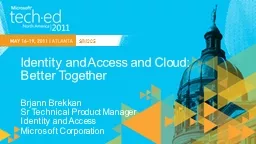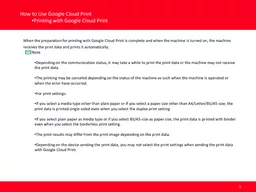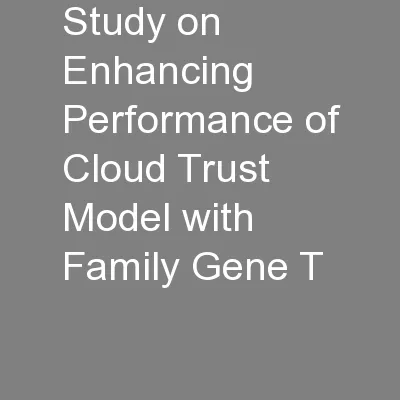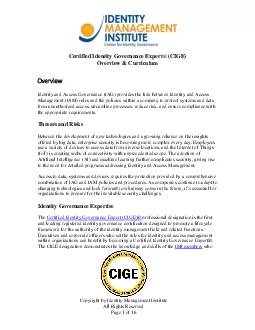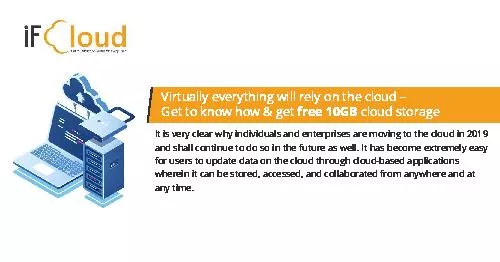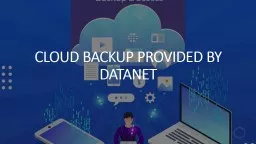PPT-Identity and Access and Cloud:
Author : briana-ranney | Published Date : 2017-10-07
Better Together Brjann Brekkan Sr Technical Product Manager Identity and Access Microsoft Corporation SIM205 Agenda Framing the Cloud opportunity Supporting Technologies
Presentation Embed Code
Download Presentation
Download Presentation The PPT/PDF document "Identity and Access and Cloud:" is the property of its rightful owner. Permission is granted to download and print the materials on this website for personal, non-commercial use only, and to display it on your personal computer provided you do not modify the materials and that you retain all copyright notices contained in the materials. By downloading content from our website, you accept the terms of this agreement.
Identity and Access and Cloud:: Transcript
Download Rules Of Document
"Identity and Access and Cloud:"The content belongs to its owner. You may download and print it for personal use, without modification, and keep all copyright notices. By downloading, you agree to these terms.
Related Documents

